The neck is decorated with prunus stems in flower, in relief and openwork forming the handles.
Mounted as a lamp, it is enhanced by a magnificent pagoda lampshade with festoons, made of a beautiful beige silk decorated with beige and blue braids and braids and a beige and blue fringe.
This magnificent lamp is electrified with a twisted electric sheath of plain gold silk effect fabric and has two bayonet bulbs for lighting.
Period : Qing Dynasty - 19th century
Dimensions : Height : 90cm
Shade width : 65cm max
China is the cradle of hard porcelain
From the 17th century onwards, Chinese porcelain influenced foreign ceramics, notably through its exports to India, the Middle East and Europe with the Compagnie des Indes.
Chinese style decoration can be found on Delft, Rouen and other earthenware, but also on the first European hard and soft porcelains such as Meissen, Chantilly, etc...
The type of decoration of Chinese porcelain varies according to the period, the evolution of techniques and the fashions of the time.
It is necessary to distinguish the imperial productions of very great quality from the current productions. Also, the decoration for export is sometimes different from that for the domestic market.
Nanjing porcelain was produced in the 19th and early 20th centuries (late Qing dynasty).
It can be recognized by its beige crackled background (first firing at high temperature), its pink and/or light blue rotating decoration (second firing necessary in the muffle fire for these colours), its relief decorations such as chrysanthemums and peonies (chrysantemopalonian family), the carnation, the daisy, insects such as butterflies, landscapes with agrarian decoration, rocks etc...



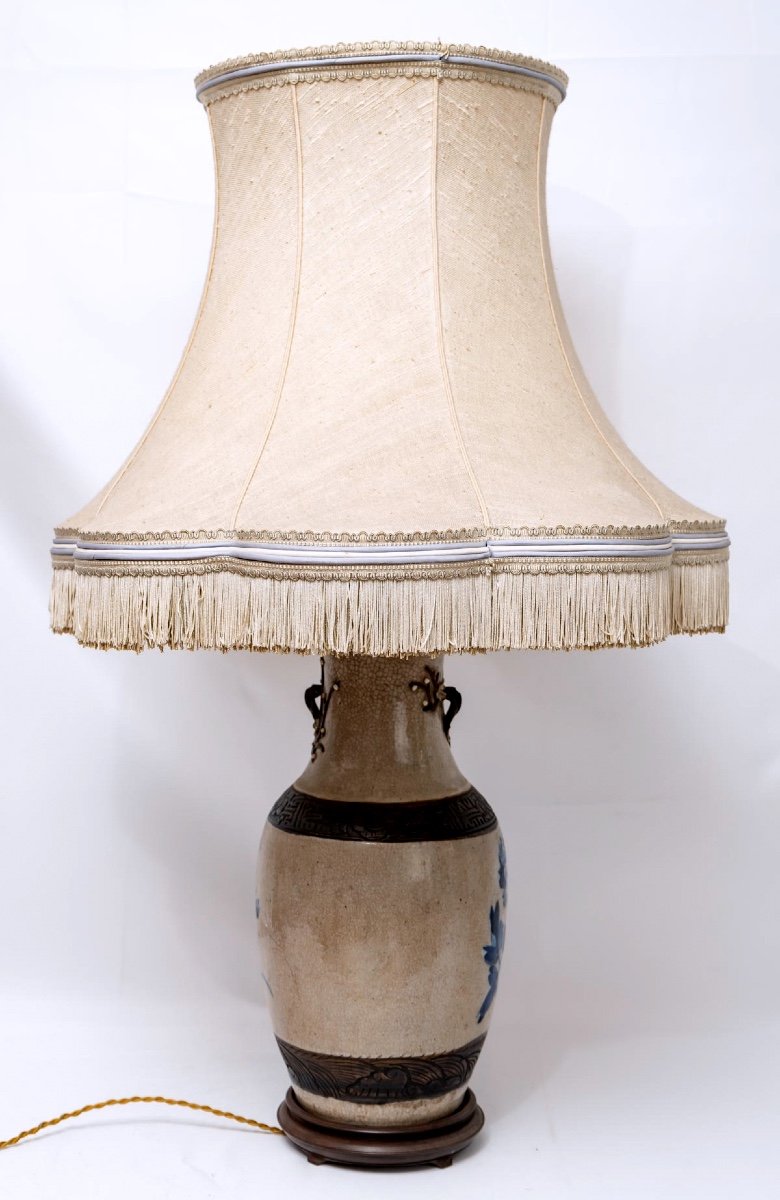
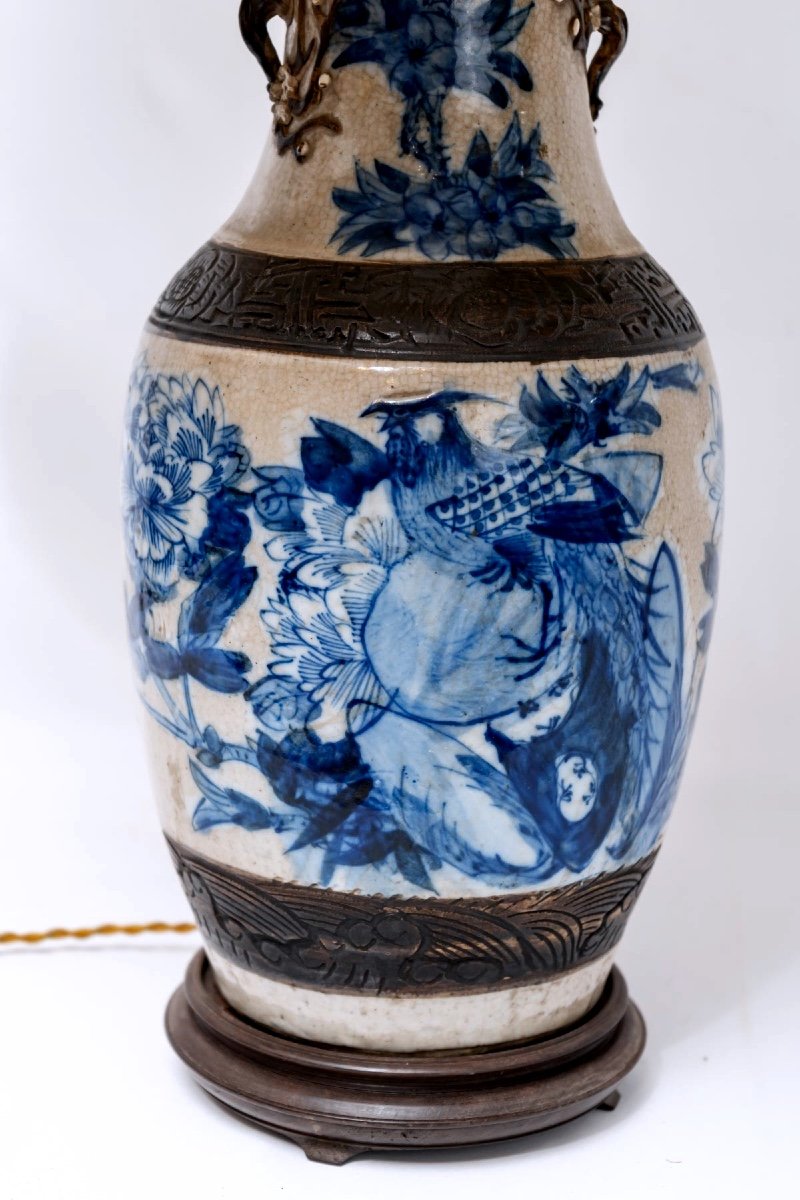

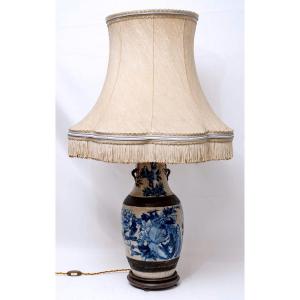




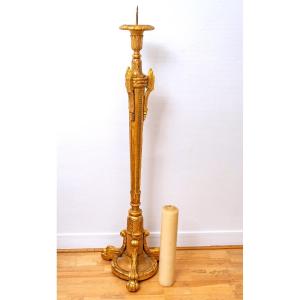

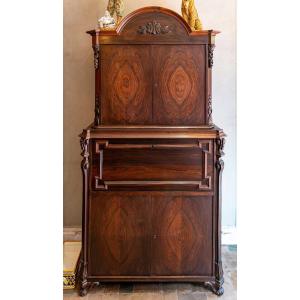
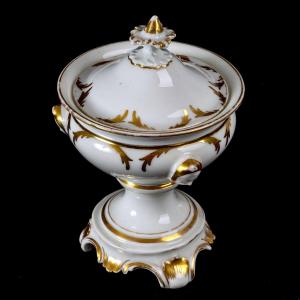
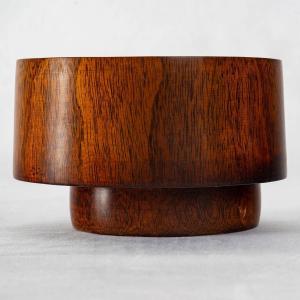
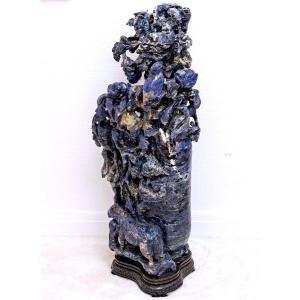
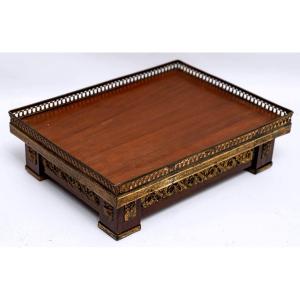





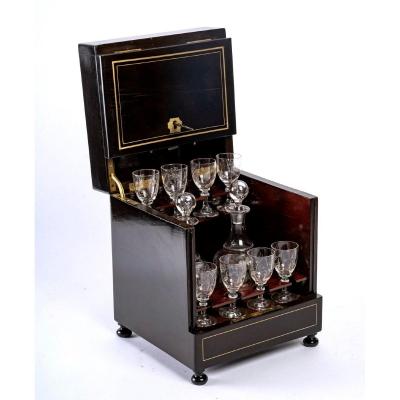
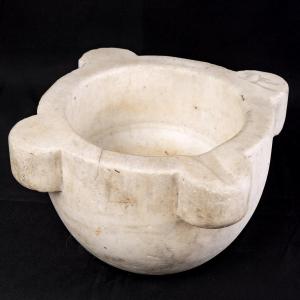


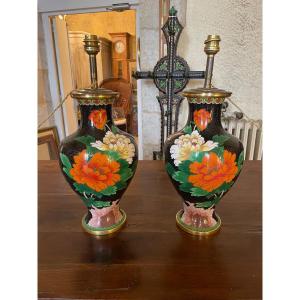

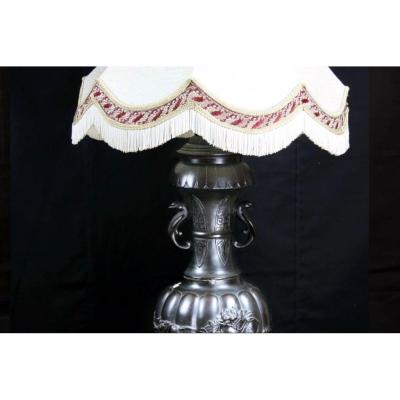




 Le Magazine de PROANTIC
Le Magazine de PROANTIC TRÉSORS Magazine
TRÉSORS Magazine Rivista Artiquariato
Rivista Artiquariato